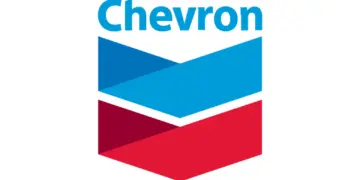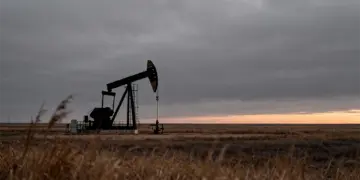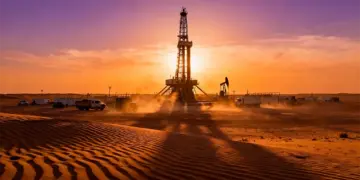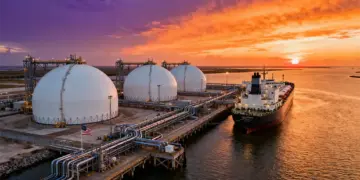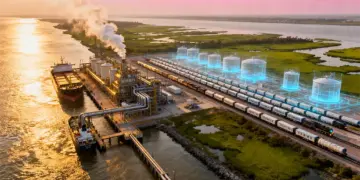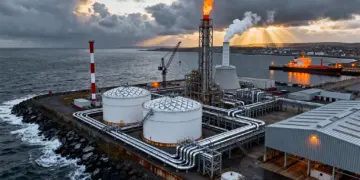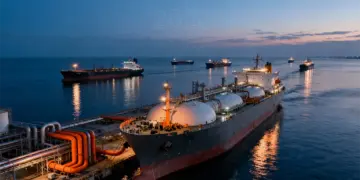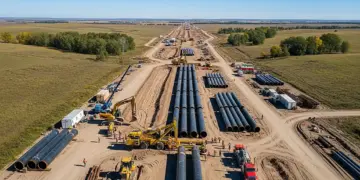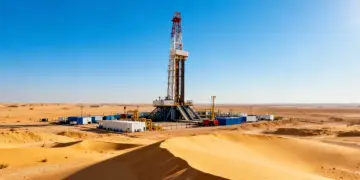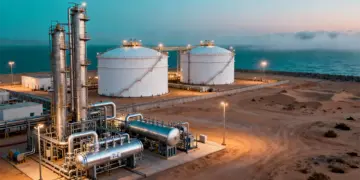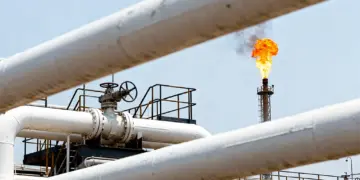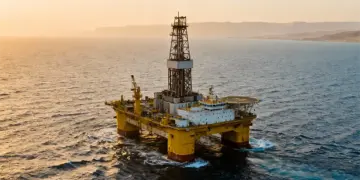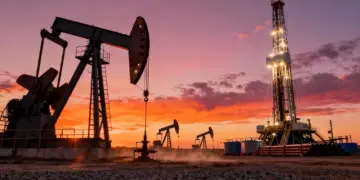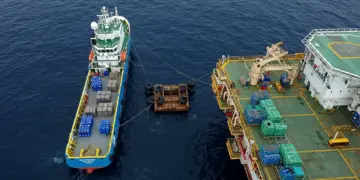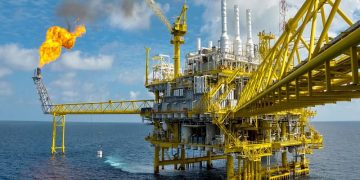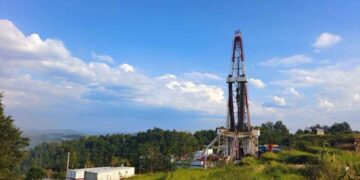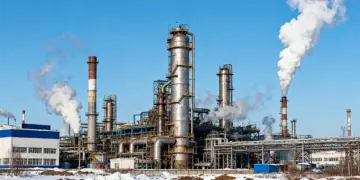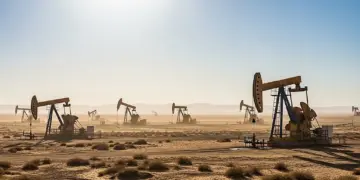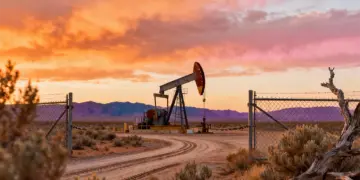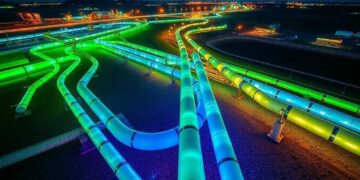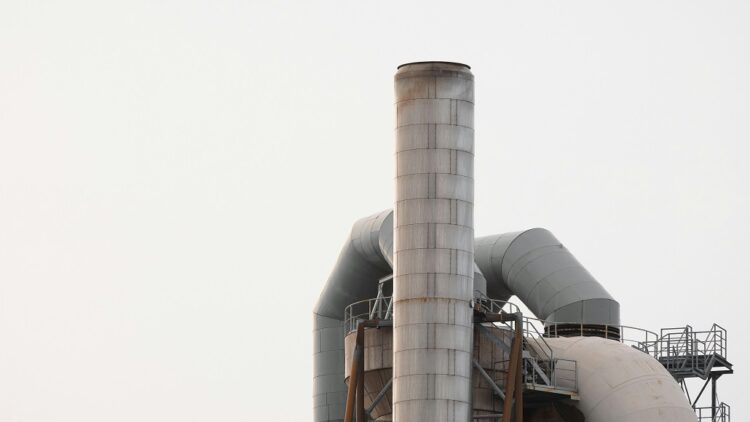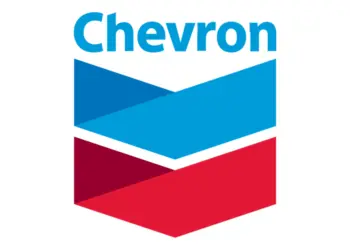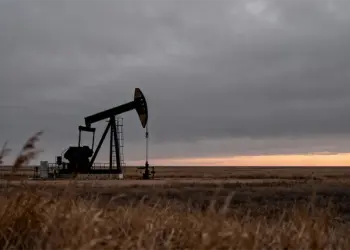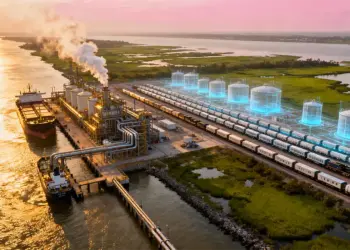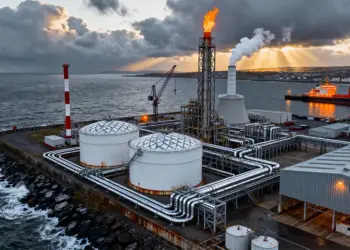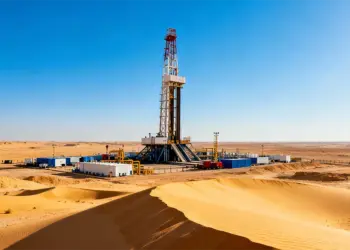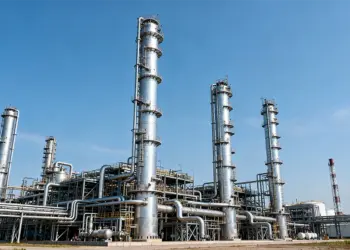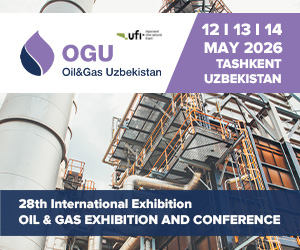European Decarbonisation Challenges and Natural Gas’s Future
The European Union has long been a global vanguard on combating climate change, emphasizing lofty plans to attain net-zero carbon emissions by 2050. Under its Green Deal, the EU aims to cut greenhouse gas emissions by 55% by 2030 compared with 1990 levels. Although this vision for a sustainable future is laudable, the route to manifesting it is beset by economic paradoxes, high costs of implementation, and uncertainty over the role that natural gas will play in the energy transition. Such logics weave into a complex story that underlines that the European decarbonisation journey is not one to be pursued lightly, while at the same time reworking the picture of what energy in Europe should be in the future.
A balancing act: the decarbonisation agenda is as much about being environmentally responsible as it is about economic realities. Europe’s goals for a greener future are changing the continent’s energy policies, industries, and market structures, yet achieving its ambitions means overcoming major barriers in scale and speed. Natural gas, which was once viewed as a bridge fuel, is now being caught in a sticky web, as renewables make strides and the world inches closer to a post-carbon future.
The Cost of Transition to Net Zero
The mission to decarbonise Europe is a costly pursuit. The European Commission estimates that in order to reach the target of net-zero by 2050 we will need to invest around €520 million every year in the energy, building and transport sectors. These investments include renewable energy development, energy efficiency upgrades and electrifying other key industries.
The EU is planning to finance this with the Carbon Border Adjustment Mechanism ( CBAM ) and the Fit for 55 package, actions that are focused on internalizing the cost of carbon emissions and leveling the playing field for European industries. But such measures have drawn fire over their economic costs — particularly for energy-intensive sectors such as steel, cement and chemicals. Such policies would ultimately raise production costs and cut European goods out of global markets, critics contend, adding to Europe’s tricky decarbonisation quandaries.
The phasing out of fossil fuel subsidies further complicates the matter. Fossil fuel subsidies in the EU are still significant at more than €55 billion in 2022. While redirecting these funds to some clean energy investments is essential, the socio-economic effects of such an energy transition on fossil fuel industry-dependent regions will be difficult to ignore. Achieving this balance invites robust policy frameworks and comprehensive support mechanisms to facilitate an equitable transition.
This is economic hardship in an unpredictable energy marketplace.
The mission of European decarbonisation is being pursued against a backdrop of a volatile energy market. Recent geopolitical tensions, manifesting most prominently in the ongoing Russia-Ukraine war, have caused shockwaves in global energy markets and increased the importance of energy security. Europe, which has depended on Russian natural gas for a large part of its energy needs, had to quickly diversify its supply sources.
The sudden turn away from Russian gas has laid bare the continent’s vulnerabilities, with natural gas prices rocketing to record highs in 2022 before settling down in 2023. This volatility has stressed household budgets, upended industrial operations and driven inflation, complicating the transition to a low-carbon economy even further. As Europe tries to find alternative sources of gas, it has increasingly sought liquefied natural gas, or LNG, imports from countries like the United States and Qatar. The higher costs of LNG versus pipeline gas drive the economics of decarbonisation even more strongly against that, in addition to other significant capital costs.
To respond to these pressures, the EU has ramped up its renewable energy deployment. Installations of solar and wind are sharply rising, with renewables producing more than 40% of the EU’s electricity in 2024. Despite being a positive move, intermittent renewable energy sources depend on the evolution of state-of-the-art energy storage systems and updating of the grid infrastructure, which entails considerable investment.
Natural Gas and its Future in Decarbonisation
Natural gas has been considered a “bridge fuel” for years in the transition from coal and oil to cleaner sources of energy. Its lower carbon emissions compared with coal, and its capacity to provide steady baseload power, have made it an important part of Europe’s energy mix. But as The EU accelerates its decarbonisation efforts, the role of natural gas is being increasingly called into question.
The European Commission guidance pledging the prohibition of natural gas in the future has also echoed in the revamped tenants of the Renewable Energy Directive. Hydrogen, especially when derived as green hydrogen from renewable energy, is emerging as an alternative to natural gas for industrial use and heavy transport. EU will produce 10 million tons of green hydrogen annually by 2030 through investments in electrolysis technology and hydrogen infrastructure.
However, the move away from natural gas comes with challenges. It is expensive and takes time to retrofit existing gas infrastructure to run on hydrogen. The creation of a hydrogen market is also a long-term project that calls for concerted action by governments, industry and financial institutions.
In the short to medium term, natural gas will still play a role in balancing Europe’s energy needs. Gas-fired power plants offer the flexibility to support variable renewable energy output, maintaining the stability of the grid when demand for energy surges but renewable energy generation is low. It highlights the urgency of policies that facilitate the transition while also enforcing the facts of energy security and economic feasibility.
Tackling the Socio-Economic Effect
Whether you are a business, a community or an individual, any decarbonisation journey is as much a social challenge as it is an economic and environmental challenge. The shift from fossil fuels to cleaner energy — which we must result in job losses in the traditional energy sectors. As an example, coal mining areas are especially threatened, with thousands of jobs on the line as plants and mines close.
A critical response to these challenges is the EU’s Just Transition Mechanism (JTM) which is part of the Green Deal and focuses on the areas and communities most impacted by the energy transition. JTM supports economic diversification, workforce reskilling, and job creation in sustainable industries in these regions through financial and technical assistance. By promoting the inclusivity, the Just Transition Mechanism aims to leave no one behind in the efforts to achieve greener future.
A Collaborative Path Forward
Decarbonising Europe is an inherently collective challenge that needs collaboration between policymakers, businesses, and consumers. Governments urgently need to set ambitious regulatory frameworks and incentives to mobilise private investments in clean energy. Industry, meanwhile, must innovate and shift towards sustainable methods underpinning consistent climate strategy. Consumers also have a part to play by adopting energy-efficient technologies and supporting renewable energy initiatives.
International collaboration is just as important. Without a coordinated global approach to confronting climate change, efforts to decarbonise the EU economy will lack purpose, if not punch. By working together and sharing knowledge across borders, we can speed up the process of developing and deploying clean energy technologies to build a united front against climate change.
Conclusion
Decarbonising Europe is no easy task, with substantial costs and economic trade-offs as well as complicated geopolitical considerations involved. But it is also a journey of opportunity — an opportunity to remake energy systems, create sustainable industries and, in so doing, protect the planet for generations to come. Although European decarbonisation challenges are significant, they are not impossible. Overcoming these challenges and seizing the opportunities they present will not only set European industries on a sustainable trajectory, but it will also position Europe as a leader in driving the transition to a low-carbon future.
A key question is the role of natural gas in this transition. And while its role is changing, natural gas will probably still play some role in the energy mix in the decades to come, but to a lesser degree. What is clear is that to forge ahead policymakers need to make bold decisions with pragmatic policies and shared commitments to sustainability. With the EU Cows Negatives, Europe is stepping this difficult balancing act, as its capacity to manipulate environmental ambitions with economic facts will determine not only its fate but also its legacy as a world climate motion chief.


